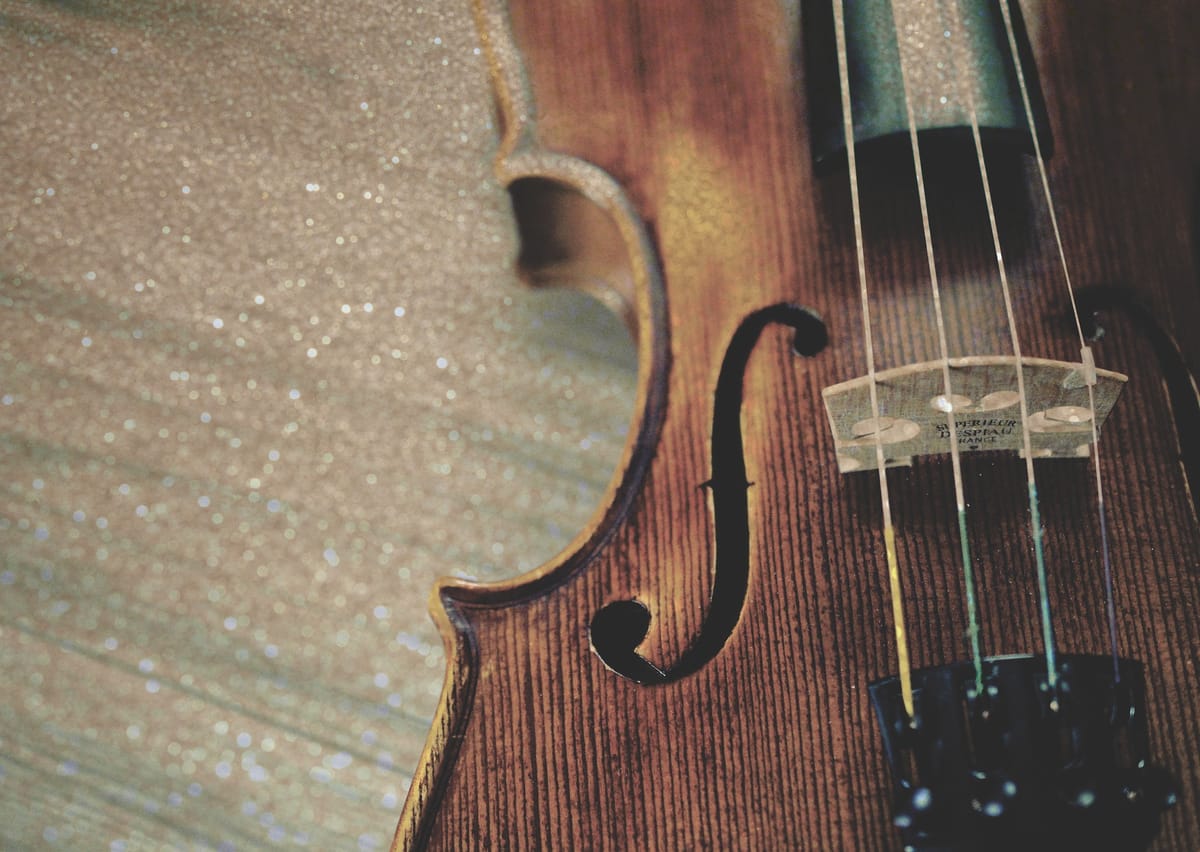On the appeal of the Cremonese violin

Sixteen million dollars – roughly `104 crore – would be a modest price to pay for a Picasso or a van Gogh, such are the crazy amounts auction houses run up nowadays. That’s probably indicative of the fact that there’s too much money chasing too few paintings. Or less charitably, people having more money than sense.
But over a hundred crores for an object that is not a work of art? What could that possibly be? Full marks if you answered, “A violin”, for that was the record price paid in 2012 for the Vieuxtemps Guarneri, a violin made in the 18th century in Cremona, Italy. That may be the highest price ever paid for a musical instrument, but other Guarneris, Stradivaris and Amatis have also fetched millions. Why?
People who should know – musicians, critics, virtuosos – generally agree that these three families produced instruments of a quality that has been unequalled before or since. Even within each family, a particular craftsman was revered more than other members because violins made by him were considered superior. Take the Amati family. Andrea Amati (died 1577) set up his workshop in 1546 and the form and shape he gave to the instrument became the standard for violins. He was succeeded by his sons Antonio (1540- 1607) and Girolamo (1561-1630), but it was the latter’s son Nicolò (1596-1684) who was considered the best of all the Amatis. Nicolò had three apprentices who all became excellent violin-makers: Girolamo, Nicolò’s son, named after his grandfather; Andrea Guarneri and Antonio Stradivari.
Andrea passed on his art to his sons Pietro and Giuseppe, both of whom were regarded as very good craftsmen, as were the latter’s sons, a second Pietro (known as ‘de Venezia’ because he settled down in Venice) and a second Giuseppe (known as Guarneri del Gesu), whose instruments are regarded as the very best Guarneris. (Presumably the family, so busy honing their skills, had no time to think of new names for their children.) As for Antonio Stradivari, although his three sons (Francesco, Omobono and Paolo) all became experts, it is Antonio’s instruments that are considered the best. As many as 650 of the family’s violins have survived to this day, with the ones made in Antonio’s last decades (1700-20) being the most in demand.
Even in their lifetime, instruments made by these three families must have been expensive, because they were bought by people like the French King Charles IX, and Ferdinand II, Archduke of Austria.
(Incidentally, the Amato ‘Charles IX’ is the oldest surviving violin in the world.) One can understand why these prized instruments were made by just three families living in one tiny place in Italy – after all, the skills had to be learnt first-hand and perfected with years of practice.
But what one can’t understand is why no one else in the next 300 years could match their skills in other parts of the world. After all, in most areas, technology transforms things at lightning speed, and all around us – cars, telephones, TV sets, music systems – we find changes and improvements unimaginable a few years ago. Does that mean that the making of a violin is not technology, but art? And that, and not just its rarity value, explains the massive prices being paid for 18th-century violins from Cremona?
If a recent news report is to be believed, this might well be a bubble about to burst. Studies by Claudia Fritz of the University of Paris and Joseph Curtin, a violin-maker in Michigan, have done the equivalent of a wine blind-tasting. (Recall the furore caused some years ago when blind-tasting of wines put Californian wines above French? The French media refused to accept the results in spite of the fact that it was French experts who tasted the wines.)
What Fritz and Curtin did was to ask professional violinists to play Cremonese and well-made modern violins while wearing goggles, so they could not clearly see which of the instruments they were playing. This ‘blind’ tasting showed that violinists couldn’t tell the difference; if at all, they preferred the sound of the modern instruments. In a similar test in concert halls in Paris and New York, violinists stood behind a screen transparent to sound, so that the audience comprising musicians, critics and composers couldn’t see the instrument but only hear it. The result, as reported in Proceedings of the National Academy of Sciences, was the same: the audience couldn’t tell the Cremonese from the modern violin, and generally preferred the sound of the modern instrument.
So what happens now? No snob value in playing a million-dollar-plus Stradivarius? Just a better appreciation of the sound and the playing, irrespective of the instrument’s provenance? Let’s wait and see. Or wait and hear.
By Anil Dharker. This article was originally published by the National Centre for the Performing Arts, Mumbai, in the August 2017 issue of ON Stage – their monthly arts magazine.





